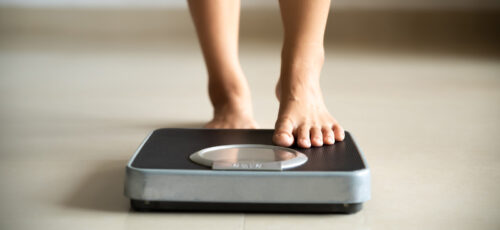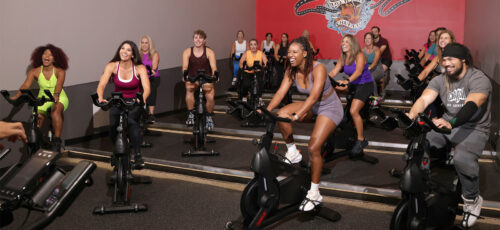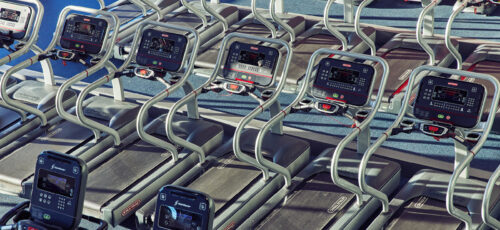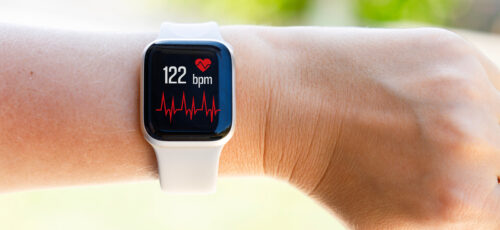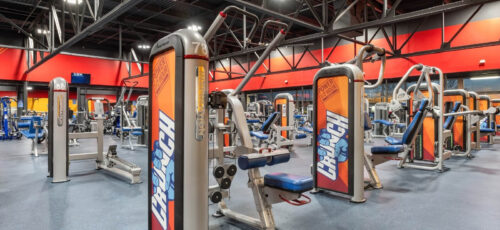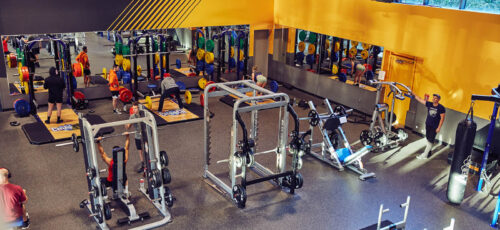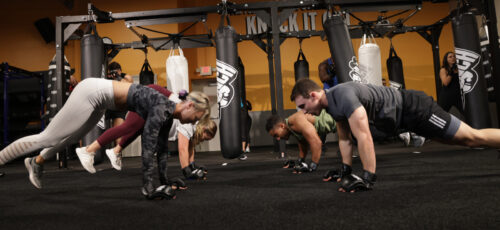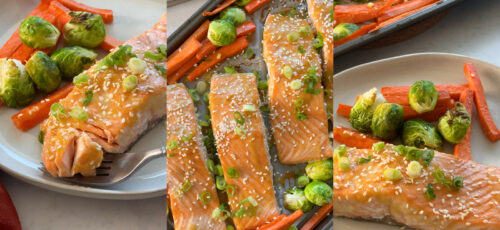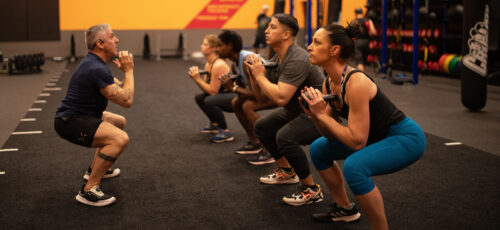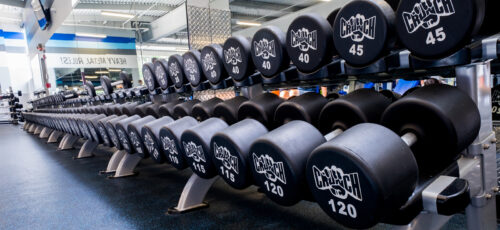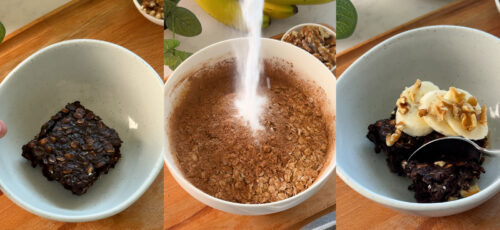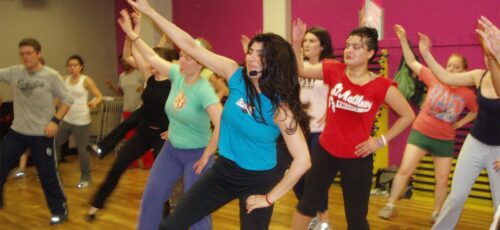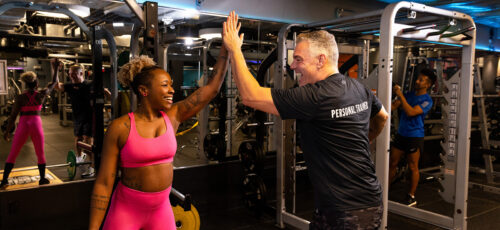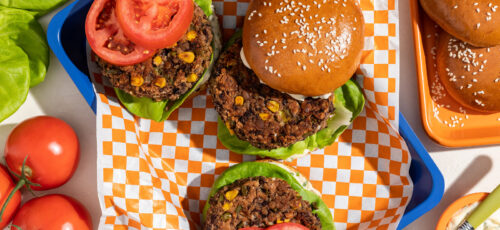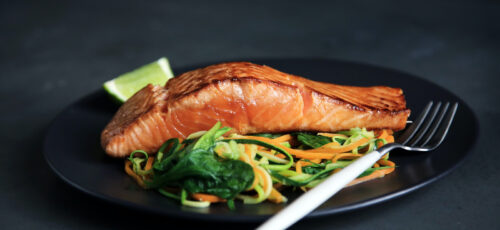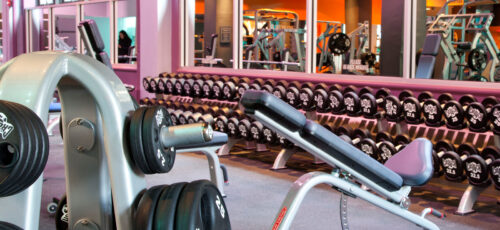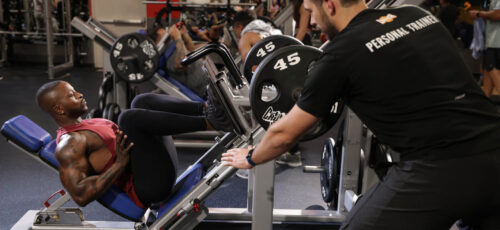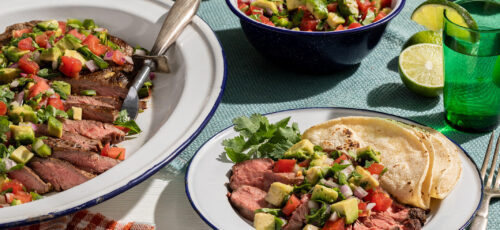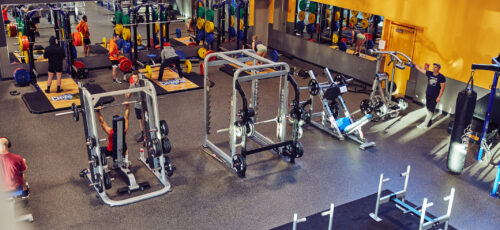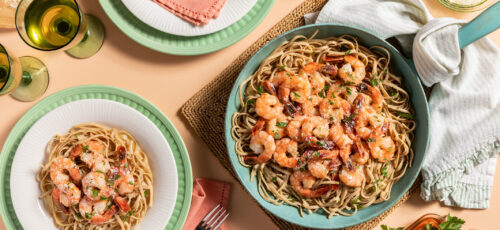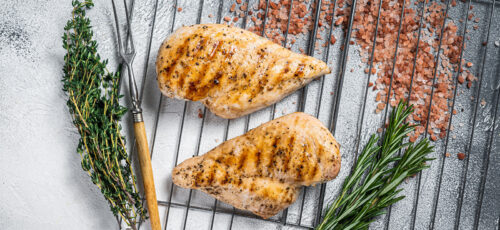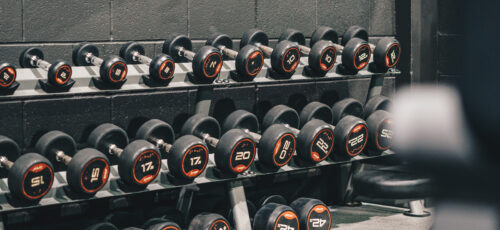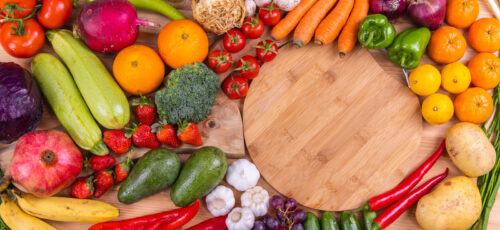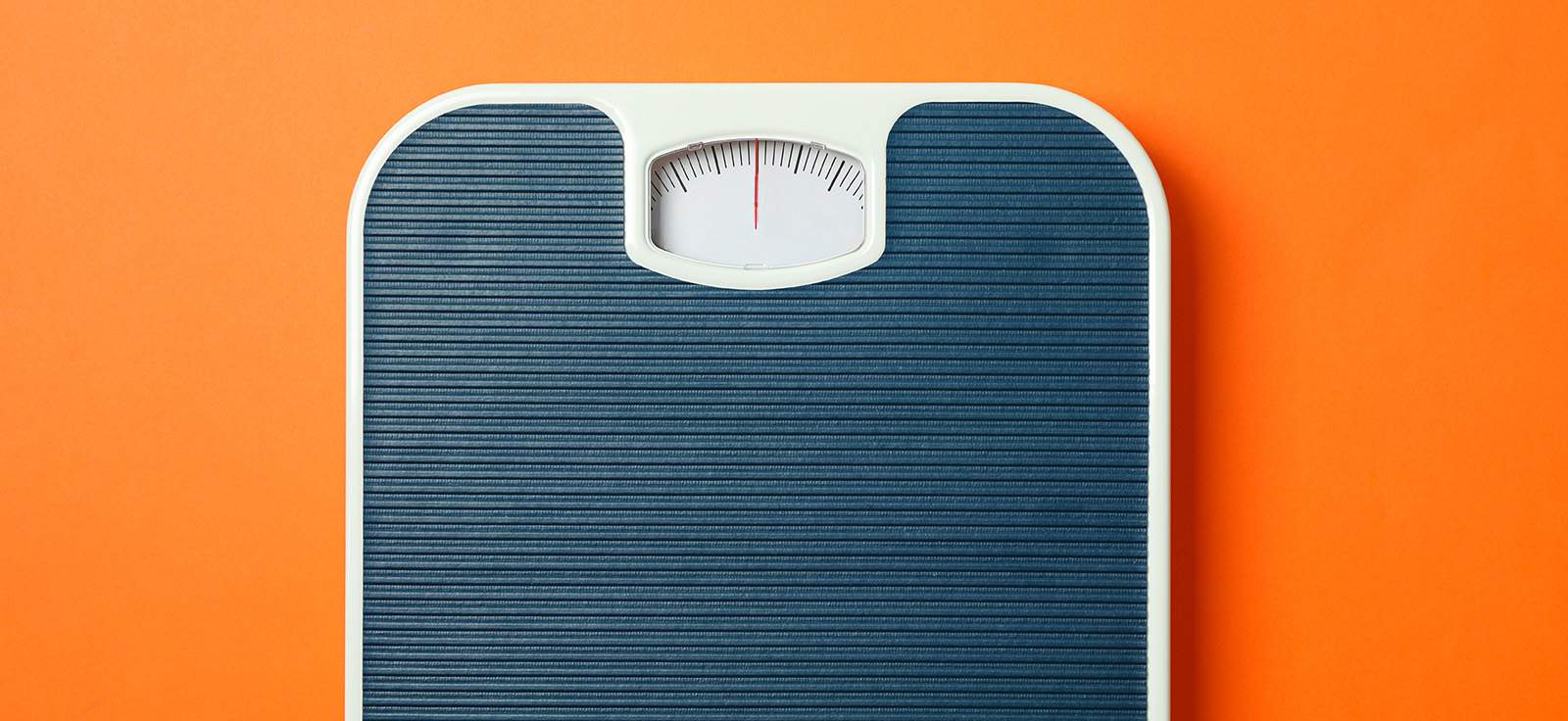
Every January, millions of us make that famous New Year’s promise: “This is the year I’m finally going to lose weight.” The gym bag is ready, the fridge is stocked with healthy food, and your calorie-counting app is buzzing. Fast forward a few weeks… the workouts feel harder, the cravings creep in, and somehow that late-night pizza order sneaks back into your routine.
Don’t worry; you’re not alone! Most of us trip up on the same weight loss mistakes without even realizing it.
For example, many dieters think eating too few calories will speed things up, but restricting calories too much actually slows your metabolism and can cause muscle loss.
Others dive headfirst into endless cardio because it burns calories fast, but skipping resistance training or lifting weights means you’re missing out on building muscle mass, which is key for long-term fat loss.
Then there’s the food confusion. Grabbing low-fat snacks or sipping on fruit juice might feel like smart choices, but research suggests these quick fixes are typically high in sugar and won’t support your overall health or body composition.
The truth is simple: weight loss requires consistency, not quick fixes or unrealistic goals. Your weight loss journey should focus on fueling your body with nutritious foods, incorporating healthy fats like olive oil or nuts, and finding a balance that keeps you moving forward.
In this article, we’ll explain the most common mistakes and how to avoid them, so you can actually stick to your weight loss goals this time around.
Common Weight Loss Mistakes
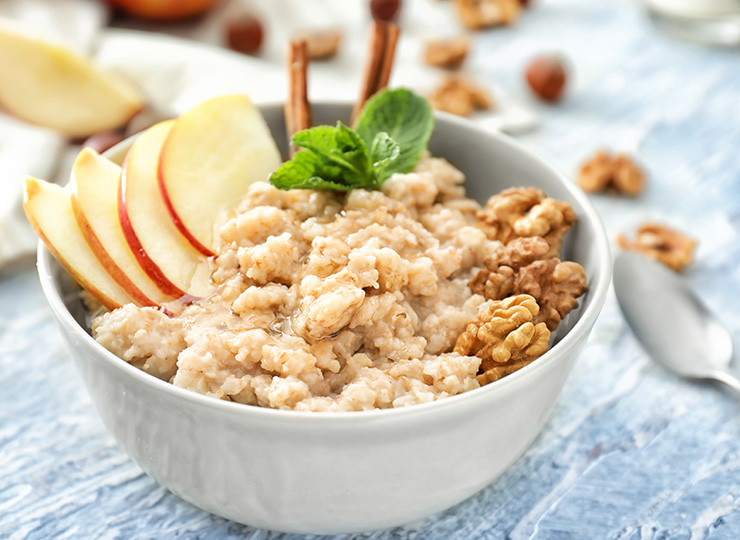
1. Not Eating Enough Fiber
Carbs often get a bad reputation in diet culture, but not all carbs are created equal. Fiber is one of those “good carbs” that actually helps you lose weight. Why? Because it keeps you full longer, helps control hunger, and even improves gut health.
Example: Imagine you grab a white bagel for breakfast versus a bowl of oatmeal with fruit. The bagel gives you a quick burst of energy, but you’re starving an hour later. The oatmeal, packed with fiber, keeps you satisfied until lunch and helps reduce cravings.
Tip: Fill half your plate with vegetables, add fruits to your snacks, and swap refined grains for whole grains. Not only will you get more fiber, but you’ll also nourish your body with other important nutrients.
2. Overlooking Hydration
Water is one of the most underrated tools for weight loss. Staying hydrated supports digestion, keeps your metabolism steady, and helps control hunger cues (thirst is often mistaken for hunger).
Example: Ever grabbed a bag of chips mid-afternoon only to realize later you were just thirsty? It happens all the time.
Tip: Aim for at least 8–10 glasses of water daily, and more if you’re exercising or in hot weather. Skip sugary drinks and fruit juices that add empty calories, and keep a reusable water bottle handy throughout the day.
Read our article: How to Stay Hydrated: The Right Amount of Water to Maximizing Your Workout
3. Avoiding Fats
Here’s a fun fact: fat doesn’t make you fat. What matters is the type and amount. Healthy fats like those found in olive oil, nuts, avocados, and fatty fish help keep you satisfied and actually support fat loss by balancing hormones.
Example: A salad with only lettuce and low-fat dressing leaves you hungry again in no time. Add a handful of nuts or a drizzle of olive oil, and suddenly it’s filling and delicious.
Tip: Don’t be afraid of fats, just focus on quality. Cut out trans fats and limit fried foods, but embrace healthy fats as part of your diet.
4. Following an Overly Restrictive Diet
Crash diets or cutting out entire food groups may give you short-term results, but they rarely last. Eliminating carbs completely, for example, might leave you tired, cranky, and craving bread like it’s the holy grail.
Example: You start a no-carb plan and feel amazing for three days, until Friday pizza night rolls around and you cave, binge eat, and feel guilty.
Tip: Sustainable diets win every time. Eat balanced meals that include carbs, protein, and healthy fats. Weight loss requires consistency, not punishment.
Read our article: The Secret to a Healthy Diet Plan
5. Not Combining Diet With Exercise
Some people try to out-train a bad diet. Others believe that cutting calories is sufficient without engaging in physical activity. The truth? You need both. A calorie-restricted diet helps create a deficit, but exercise, especially resistance training- burns calories, builds muscle mass, and prevents muscle loss. Together, they create the perfect formula for long-term fat loss and overall health.
Read our article: How to Lose Weight Safely & Keep it Off: Diets, Exercise, Sleep & More
6. Eating Too Much Salt
Salt is sneaky. While it makes meals taste better, too much leads to water retention, bloating, and sometimes discouraging “scale weight” fluctuations.
Example: Ever eat a big sushi dinner with soy sauce and wake up the next morning feeling puffy? That’s water retention at work, not actual fat gain.
Tip: Stick to moderate salt intake, season meals with herbs and spices, and watch out for hidden sodium in processed foods.
7. Not Eating Enough Protein
Protein isn’t just for bodybuilders; it’s for everyone trying to lose weight. It helps control hunger, boosts satiety, and preserves muscle mass while you’re in a calorie deficit.
Example: Compare a breakfast of plain toast versus Greek yogurt with berries and nuts. The protein in the yogurt keeps you satisfied for hours, while the toast leaves you hungry before your next meeting.
Tip: A good rule of thumb is to aim for at least 0.8 grams of protein per kilogram of body weight daily.
Read our article: The Ultimate Protein Diet Plan
 8. Focusing Only on the Scale
8. Focusing Only on the Scale
The scale doesn’t always tell the whole truth. Your weight can fluctuate daily due to water retention, hormonal changes, or even the time of day you weigh yourself. Focusing excessively on numbers can be discouraging and doesn’t accurately reflect true progress.
Example: You might panic when the scale shows you’re two pounds heavier after a salty dinner, even though your body composition is improving from resistance training. In reality, it’s just temporary water retention, not fat gain.
Tip: Instead of weighing yourself daily, track multiple progress markers, such as how your clothes fit, inches lost, stamina during workouts, and overall energy levels. Focus on building muscle mass and improving your body composition, rather than chasing a specific number.
9. Not Doing the Right Exercises
Cardio burns calories, but it’s not the only player in the game. Resistance training, weight lifting, and even bodyweight exercises are crucial for building muscle. More muscle = higher metabolic rate = your body burns calories even at rest.
Example: Someone who only runs may burn calories during their workout. Someone who lifts weights builds muscle and burns calories throughout the day.
Tip: Mix cardio with strength training for the best results.
10. Eating Too Many or Too Few Calories
Calorie balance is key. Eating too many calories stalls fat loss, but eating too few calories slows your metabolism and can cause muscle loss.
Example: Cutting 1,200 calories per day might sound fast and effective, but it leaves you exhausted, cranky, and likely to rebound. Cutting 400–500 calories per day is sustainable and leads to steady fat loss.
Tip: Track your calorie intake carefully and aim for a moderate deficit, not extremes.
11. Overestimating Calories Burned
Just because your smartwatch says you burned 800 calories doesn’t mean you get a free pass for a giant burger and fries. Fitness trackers are often off by 20–30%.
Example: You jog 30 minutes, burn 250 calories, then “reward” yourself with a 500-calorie smoothie. Net result? Weight gain.
Tip: Use calorie counts as a rough guide, not gospel truth.
12. Allowing Too Many Cheat Meals
One slice of pizza won’t ruin your diet, but turning the weekend into a free-for-all can. Those extra calories add up fast and can wipe out your weekday progress.
Tip: Plan indulgences mindfully. If you want dessert on Saturday, balance it by keeping the rest of your meals nutritious. Moderation beats deprivation.
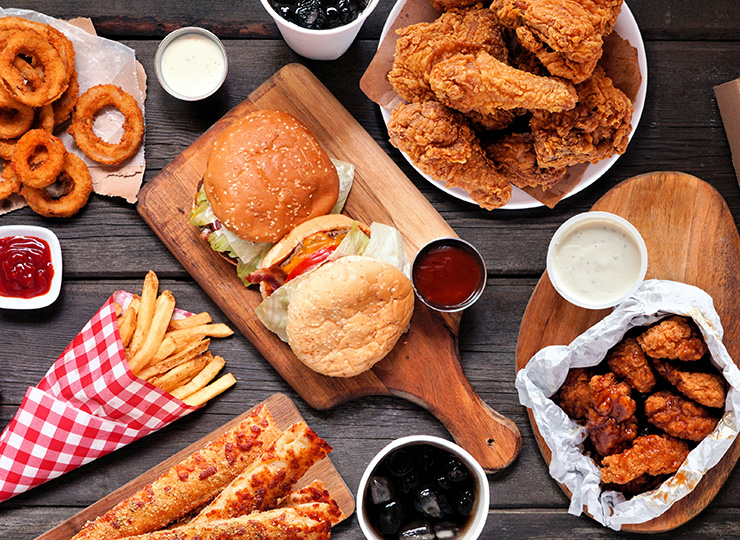
13. Having Unrealistic Weight Loss Expectations
Promises like “Lose 10 pounds in 7 days!” sound tempting, but they set you up for failure. Quick fixes and fad diets often cause muscle loss, crash diets, and unhealthy rebound weight gain. Sustainable results take time and patience.
Example: You follow a crash diet, drop 5 pounds in a week, and feel excited. However, as soon as you return to normal eating habits, the weight returns, along with cravings, low energy, and frustration.
Tip: Aim to lose 1–2 pounds per week for safe, long-lasting progress. Build habits you can actually maintain: balanced meals, regular exercise, and consistent sleep. Real results come from lifestyle changes, not shortcuts.
14. Exercising Too Little or Too Much
Exercise is about balance. Too little, and you risk muscle loss while dieting. Too much, and you stress your body, disrupt hormones, and risk injury.
Example: Working out 2 hours every day while eating too few calories isn’t dedication; it’s burnout waiting to happen.
Tip: Mix moderate cardio, resistance training, and rest days for optimal results.
15. Being Deceived by “Healthy” Snacks
Food marketing is clever. Labels like “low fat,” “gluten-free,” or “sugar-free” don’t always mean healthy.
Example: Those veggie chips you’re munching? They might still be fried and packed with added salt. That sugar-free cookie? It may contain sugar alcohols that still add calories.
Tip: Always read nutrition labels and prioritize whole foods over processed “diet” snacks.
Read our article: No Snacks, No Problem! How Intermittent Fasting Helps You Get Lean!
16. Not Seeking Professional Advice
Sometimes, despite your best efforts, the scale doesn’t move. Underlying conditions, such as thyroid issues, hormonal changes, or other health problems, might be at play.
Seeking professional advice from dietitians, trainers, or doctors can help tailor a plan to your unique needs and keep you accountable.
Read our article: Do Personal Trainers Offer Advice on Diets & Nutrition?
Fix the Weight Loss Mistakes, See Real Results
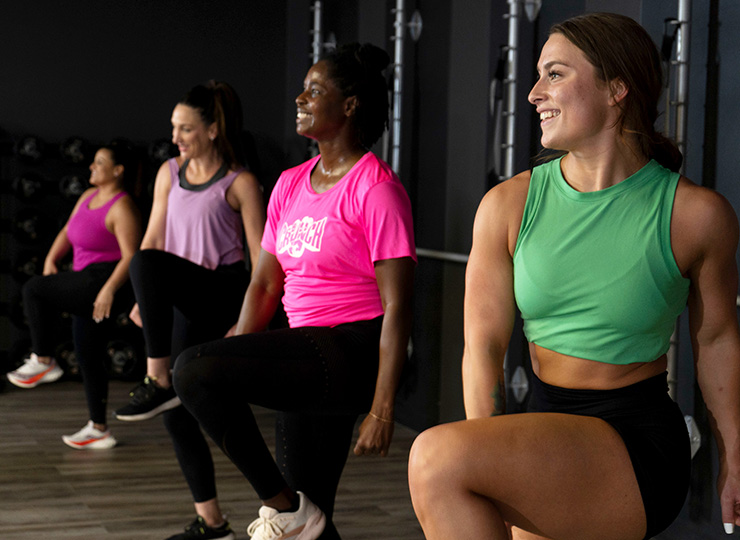
Losing weight doesn’t have to feel like an endless cycle of crash diets, binge eating, and frustration. By avoiding common weight loss mistakes, such as eating too few calories, skipping strength training, or setting unrealistic goals, you can develop healthier habits that support lasting results.
The secret isn’t perfection; it’s consistency. And consistency is a lot easier when you actually enjoy the process. Choosing workouts you love helps you stick with them, making fitness part of your lifestyle rather than a chore.
At Crunch Fitness, workouts should be fun, flexible, and varied so you never get bored or stuck in a plateau.
Here are just a few activities and classes you can explore at Crunch to keep things exciting:
- Zumba®: Dance your way to calorie-burning cardio.
- HIIT classes: Short, intense bursts that build strength and endurance.
- Yoga and Pilates: Improve flexibility, balance, and reduce stress.
- Ride/Spin classes: High-energy rides that torch calories.
- Strength training circuits: Build muscle mass and boost metabolism.
- Fitness Boxing: Release stress while burning calories fast.
- Group functional training: Movements that support real-life strength.
Pair these options with nutritious foods, smart calorie intake, and plenty of hydration, and you’ll have a formula for success that feels good and works for the long run.
At Crunch Fitness, your weight loss journey should leave you feeling stronger, healthier, and more confident, not restricted or stressed.
Reach Your Fitness Goals With Crunch
Crunch promotes a culture of positivity, inclusivity, and fun with no judgments by providing an environment for all individuals regardless of their health and fitness goals. Find a Crunch gym near you to try our free trial membership, or join Crunch now. We’re here for you – at the gym or at home. Access the best live & on-demand workouts anytime, anywhere with Crunch+. Ready to get sweaty? Try hundreds of workouts for free! Start your free trial now!
FAQ’s
How Can I Avoid The Biggest Weight Loss Mistakes Beginners Make?
Start with balance: eat enough protein and fiber, track your calorie intake without going too low, stay hydrated, and combine diet with exercise. Avoid crash diets, junk food, and unrealistic goals; consistency beats extremes.
What Should I Do Differently To See Real Results in My Weight Loss?
Focus on sustainable habits. Create a moderate calorie deficit, add resistance training to protect muscle mass, fuel your body with nutritious foods, and track progress beyond the scale. Small, steady changes lead to lasting results.
Is Doing Only Cardio A Mistake When Trying To Lose Weight?
Yes. Cardio burns calories, but skipping resistance training or lifting weights can cause muscle loss and slow your metabolism. The best weight loss results come from combining cardio, strength training, and a balanced diet.
Why Am I Not Losing Weight Even With Diet and Exercise?
You may be eating more calories than you think, underestimating portion sizes, or doing too much cardio without strength training. Hormonal changes, lack of sleep, and stress can also stall progress. Tracking calories and adding resistance training usually helps.
What Foods Should I Avoid When Trying To Lose Weight?
Limit highly processed foods, sugary drinks, fried items, and snacks labeled “low fat” but loaded with added sugar. Instead, focus on whole foods like lean protein, vegetables, fruits, nuts, and healthy fats to control hunger and support fat loss.
How Many Calories Should I Eat To Lose Weight Safely?
Most people lose weight by cutting 400–500 calories a day, aiming for about 1–2 pounds per week. Eating too few calories slows your metabolism and risks muscle loss, so choose a moderate deficit based on your body weight and activity level.



















